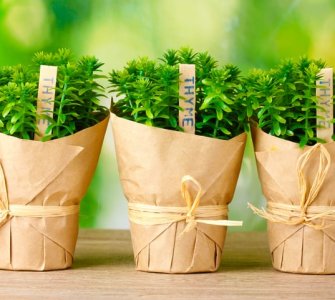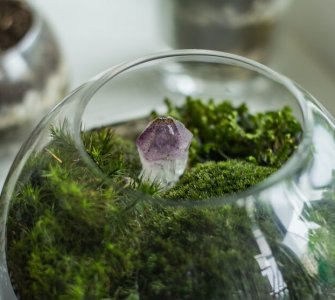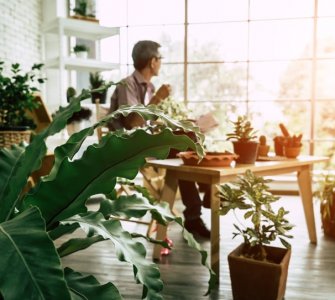Before I dug my heels into indoor gardening, I had no clue about the numerous plants out there that do not need sunlight whatsoever. As I did more and more research, what I discovered was mind-blowing. I was curious to find out if my indoor plants would thrive without sun.
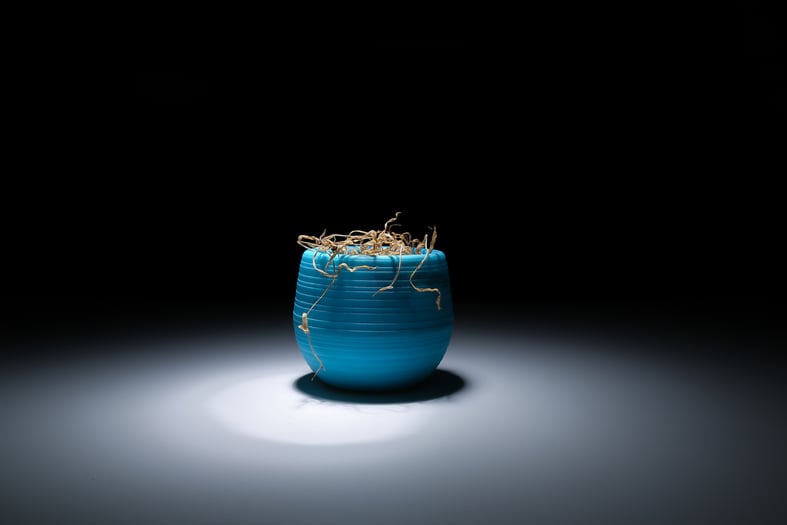
Table of Contents
Two Options For Indoor Plants In A Sunless Environment
I quickly found that when it comes to growing indoor plants with little to no sun, there are basically only two options.
- Use a grow light in an environment with no sun indoors. This option is ideal for rooms in a home that have no windows.
- The other option is to grow low-light plants in rooms with windows but limited amounts of incoming sun.
Do All Plants Need Direct Sunlight?
No, not all plants require sunlight. I came across some seriously interesting info about plants and their relation to sunlight. Plant that require sunlight are called “autotrophs.” Those that don’t are called “heterotrophs.”
Autotrophs are luscious, green plants. They contain chlorophyll which is what gives the plants their green color. Chlorophyll is also necessary for the plant to convert sunlight into food through a process known as photosynthesizing.
Heterotrophs are not green and do not contain chlorophyll. Because these plants do not need the sun, they seek out other sources for food.
What Plants Can Grow Without Sunlight?
Here’s the mind-blowing data on plants that live without sunlight. These are the only plants in the world that are capable of growing in conditions that are void of sunlight. These plants are heterotrophic (unable to produce necessary nutrients to live.) In other words, to live, they must feed off of another plant or plant matter.
Heterotrophs lack chlorophyll to be able to turn sunlight into food as green plants (autotrophs) do. Heterotrophic plants are either parasitic feeders or fungal feeders. Parasitic feeders feed off of live host plants, whereas fungus feeders feed off fungus. Fungal feeders are further classified as mycotrophs.
Hang on to your bootstraps because we are taking a closer look at the vampire-like heterotrophs.
Parasitic Feeding Plants
Some parasitic feeding heterotrophs include ground cones and some broomrape families. The Rafflesia arnoldii (famously known as the corpse flower because of its putrid odor) is a perfect example of a parasitic plant.
The corpse flower plant is perhaps one of the strangest species I have ever seen! From afar, its beauty is astounding, along with its massive size. Admirers are drawn in to take a closer look; however, once close, the odor is so horrific a quick retreat is quite common.
Fungal Feeding Plants (Mycotrophs)
The fungal feeding counterpart includes coralroot orchids and Indian Pipe plants (also known as the ghost plant Monotropa uniflora.) This plant is a rather unique-looking specimen with its complete white color and downward drooping head. It is completely opaque white and lifeless.
Outdoor Heterotrophs In An Indoor Situation
Can outdoor heterotrophic plants be brought indoors? Parasitic and mycotrophic plants are not ideal indoor plants. For them to thrive indoors, one would require a host plant to feed on, while the other needs fungus as their source of food. Neither of these options is best, especially for the sake of protecting my live indoor plants.
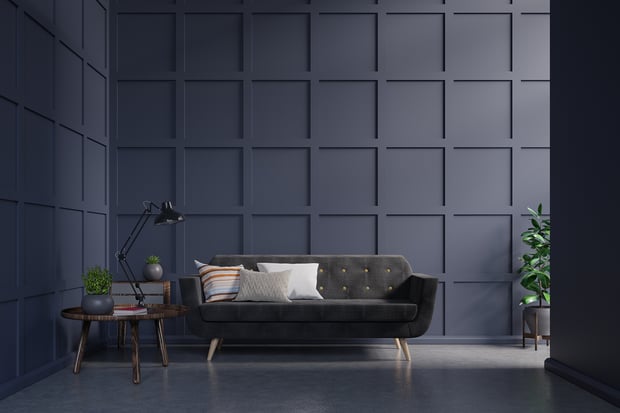
Plants That Grow Indoors Without Sunlight
Although plants cannot grow without sunlight, I typically get plants that do well with minimal sunlight exposure.
Is It Possible To Grow Plants Without Sunlight?
Unless a plant happens to be parasitic or fungus feeders, a plant will need sunlight. In the absence of sunlight for all other plants, I use artificial lighting (grow lights.) I learned that growing plants indoors under grow lights full time requires a bit of research to fully understand what wattage, kelvin, and color spectrum the plant needs to photosynthesize.
Many of my readers ask me, “Can plants be put in a room with no natural light?” The answer would be no unless they are placed under a grow light. If setting up a grow light system is too much of an undertaking, some plants do reasonably well in low-light situations. Low-light plants need to be in a room with some sunlight coming in.
Low-Light Indoor Plants
I have recommended some low-light houseplants that do well in dark corners of a room with some incoming sunlight.
- English Ivy
- Golden Pothos
- Snake Plant
- Peace Lily
- Chinese Evergreen
- Silver King
- Silver Queen
- Cast Iron Plant
- Parlor Palm
- Bamboo Palm
- Dracaena
- Marble Queen
- Japanese Aralia
- Kentia Palm
- Philodendron
What Happens If A Plant Doesn’t Get Sunlight?
Green plants must have some form of sunlight. Various plant species have unique sunlight requirements. One species may require high-light, whereas another may be low-light. When one of my plants begin to suffer from lack of sunlight, I will know. There are certain things to look for.
Signs Of Sunlight Deficiency
- A plant’s chlorophyll level decreases, causing its green color to look pale. Yellowing is a sign that a plant needs more sunlight.
- A plant starts to look leggy as stems start growing out in search of sun.
- I notice a lack of leaves or extremely spaced-out leaves.
- Leaves begin to start falling off of the plant.
- Mature leaves appear to be smaller.
- Blooms never appear on a blooming plant.
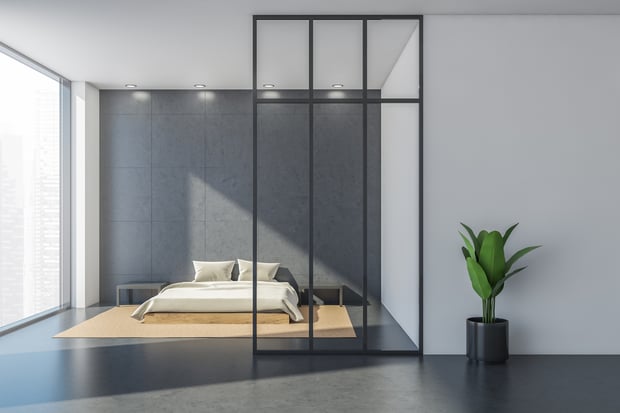
How Much Sunlight Do Indoor Plants Need?
According to the University of Georgia Extension, there is an easy way to gauge what plant does best in certain areas of the home. A plant’s label should indicate its lighting requirements. It’s important to purchase plants based on where they will be placed within the home.
Amount Of Incoming Sun Coverage In A Room
- Low-light plants: 25-75 foot candles
- Medium-light plants: 75-200 foot candles
- High-light plants: 200+ foot candles
Sunlight To A Plant Is Like Oxygen For Us
Knowing a plant’s lighting requirements is essential. If I know sunlight in a particular area of my home is limited, the last thing I want to do is buy a plant that needs 6 hours of direct sun. Instead, I opt for one that does best in what little sun there is in that room, or I use my grow lights. Either way, I am confident that my plants will thrive while adding beauty to my home.
